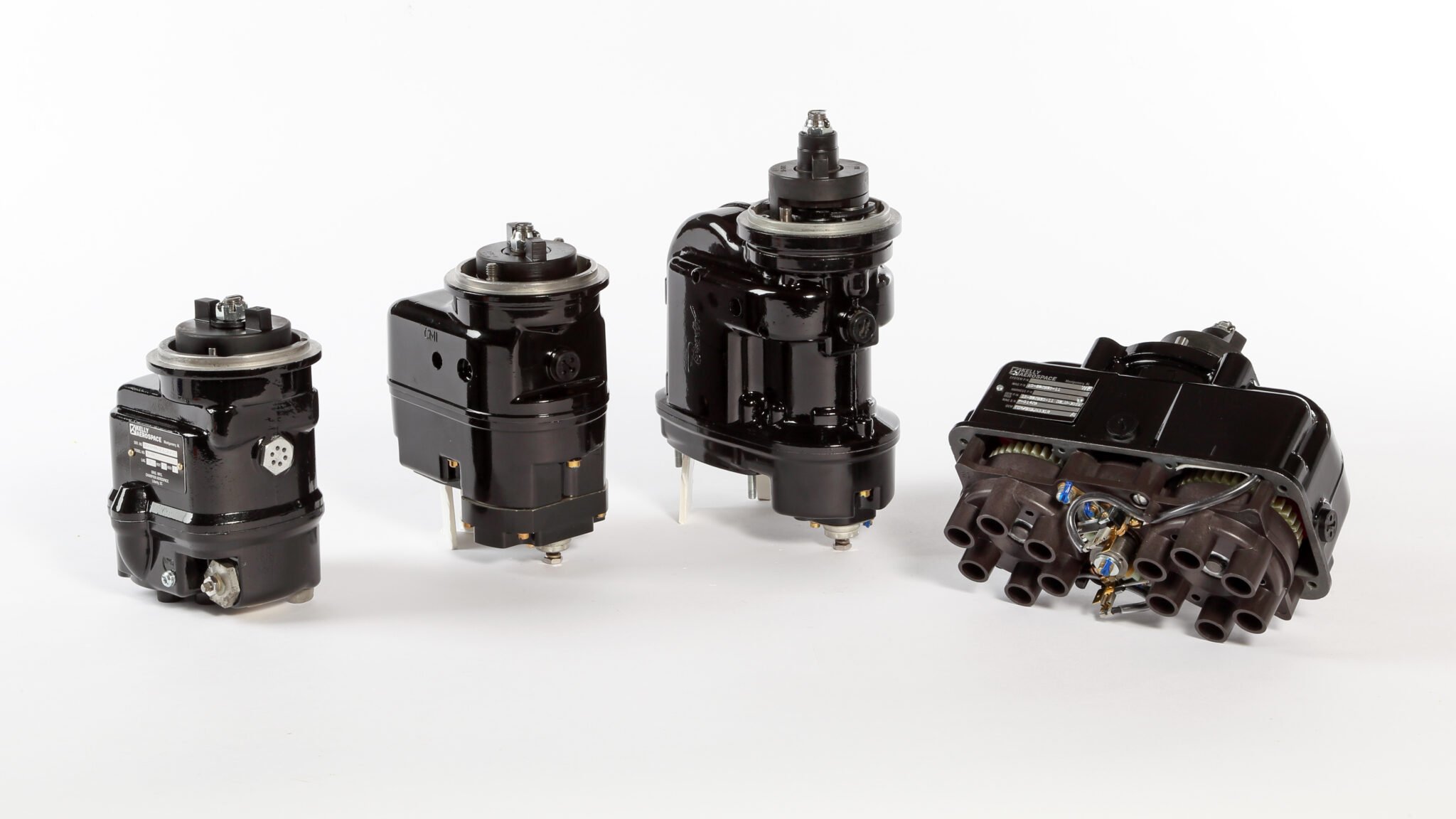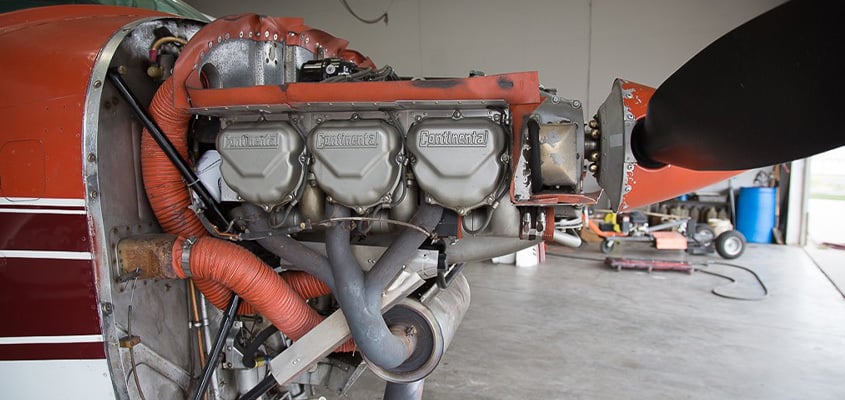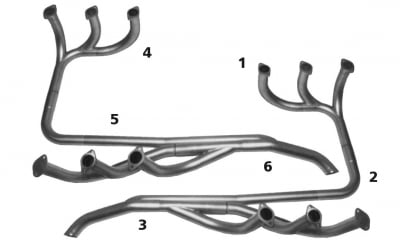A Guide to the Different Types of Pilot Licenses
Obtaining a pilot license is a significant accomplishment and a prerequisite for anyone looking to take to the skies for personal or professional reasons. These licenses are issued by the Federal Aviation Administration (FAA) and serve as a measure of a pilot’s knowledge, skill, and experience in flying. The process of obtaining a pilot license requires extensive training and rigorous testing, but it is also a gateway to a world of opportunities in the aviation industry. Different types of pilot licenses exist to cater to a range of interests and aspirations within the field of aviation. Whether you’re interested in flying small private planes for recreation, or large commercial jets for a career, a pilot license is the first step toward your goals. To help you understand which one is right for you, this article will provide a comprehensive guide to the different types of pilot licenses available and their specific requirements, privileges, and limitations.
Student Pilot License
Student pilot licenses are issued to individuals who wish to learn how to fly an aircraft and receive flight training from a certified flight instructor.
Eligibility requirements:
- Be at least 17 years of age (16 for gliders and balloons)
- Be able to read, speak, write and understand the English language
- Pass a medical examination and obtain a valid medical certificate
- Pass an FAA written test on aeronautical knowledge
Training and testing requirements:
- Obtain flight training from a certified flight instructor
- Log a minimum of 40 hours of flight time, including at least 20 hours of solo flight time
- Pass a checkride with an FAA examiner or designated pilot examiner
Restrictions and limitations:
- The student pilot license is not valid for carrying passengers, flying at night, or flying in certain airspace without prior authorization
- The student pilot must always have a valid medical certificate and a current student pilot certificate on their person while operating an aircraft
- The student pilot must also always have a certified flight instructor or a safety pilot on board the aircraft.
- A student pilot license is not a standalone license and is only valid for training purposes. After completing the required training and passing the practical test, an individual will need to apply for a private pilot license in order to fly solo and carry passengers.
Private Pilot License
The private pilot license (PPL) is the most common type of pilot license. It allows individuals to fly small aircraft for personal or recreational use, but not for compensation or hire.
Eligibility requirements:
- Be at least 17 years of age (16 for gliders and balloons)
- Be able to read, speak, write and understand the English language
- Pass a medical examination and obtain a valid medical certificate
- Have a minimum of 40 hours of flight time, including at least 20 hours of solo flight time
- Pass an FAA written test on the aeronautical knowledge
- Pass a checkride with an FAA examiner or designated pilot examiner
Training and testing requirements:
- Obtain flight training from a certified flight instructor
- Log a minimum of 40 hours of flight time, including at least 20 hours of solo flight time
- Pass a checkride with an FAA examiner or designated pilot examiner
Privileges and limitations:
- A private pilot license holder can fly small aircraft for personal or recreational use but not for compensation or hire.
- A private pilot can fly in both day and night conditions and can carry passengers as long as they are not being paid to do so.
- A private pilot must always have a valid medical certificate and a current private pilot certificate on their person while operating an aircraft.
- A private pilot can fly in most airspace but may need to obtain additional ratings to fly in certain airspace.
- A private pilot is limited to flying aircraft that are not more than 6,000 pounds maximum takeoff weight and not more than 6 passengers on board.
- A private pilot license does not permit the holder to fly for compensation or hire, which requires a commercial pilot license.
Commercial Pilot License
The commercial pilot license (CPL) is required for pilots who wish to fly for compensation or hire. This license is necessary for individuals who wish to pursue a career as a professional pilot.
Eligibility requirements:
- Be at least 18 years of age
- Be able to read, speak, write and understand the English language
- Pass a medical examination and obtain a valid medical certificate
- Have a minimum of 250 hours of flight time, including at least 100 hours of solo flight time
- Pass an FAA written test on the aeronautical knowledge
- Pass a checkride with an FAA examiner or designated pilot examiner
Training and testing requirements:
- Obtain flight training from a certified flight instructor
- Log a minimum of 250 hours of flight time, including at least 100 hours of solo flight time
- Pass a practical test, also known as a checkride, with an FAA examiner or designated pilot examiner
- Pass an FAA written test on the aeronautical knowledge
- Meet additional requirements for specific aircraft types and ratings
Privileges and limitations:
- A commercial pilot license holder can fly for compensation or hire.
- A commercial pilot can fly in both day and night conditions and can carry passengers as well as cargo.
- A commercial pilot must always have a valid medical certificate and a current commercial pilot certificate on their person while operating an aircraft
- A commercial pilot can fly in most airspace but may need to obtain additional ratings to fly in certain airspace.
- A commercial pilot may be subject to additional regulations, such as flight and duty time limitations, established by the FAA or their employer.
- A commercial pilot license does not permit the holder to fly for an airline that requires an Airline Transport Pilot License.
Airline Transport Pilot License
The airline transport pilot (ATP) license is the highest level of pilot license required for pilots who wish to fly as a captain or co-pilot for a scheduled airline. This license is necessary for individuals who wish to pursue a career as a commercial airline pilot.
Eligibility requirements:
- Be at least 23 years of age
- Be able to read, speak, write and understand the English language
- Pass a medical examination and obtain a valid medical certificate
- Have a minimum of 1500 hours of flight time, including at least 500 hours of cross-country flight time, 100 hours of night flight time, and 75 hours of instrument flight time
- Pass an FAA written test on aeronautical knowledge
- Pass a checkride with an FAA examiner or designated pilot examiner
Training and testing requirements:
- Obtain flight training from a certified flight instructor
- Log a minimum of 1500 hours of flight time, including at least 500 hours of cross-country flight time, 100 hours of night flight time, and 75 hours of instrument flight time
- Pass a practical test, also known as a checkride, with an FAA examiner or designated pilot examiner
- Pass an FAA written test on aeronautical knowledge
- Meet additional requirements for specific aircraft types and ratings
Privileges and limitations:
- An Airline Transport Pilot License (ATPL) holder can fly as a captain or co-pilot for a scheduled airline.
- An ATPL holder must always have a valid medical certificate and a current ATPL certificate on their person while operating an aircraft.
- An ATPL holder is subject to additional regulations, such as flight and duty time limitations, established by the FAA or their employer.
- An ATPL holder can fly in most airspace but may need to obtain additional ratings to fly in certain airspace.
- An ATPL holder must meet additional requirements for specific aircraft types and ratings, such as a type rating for certain aircraft models.
Other Types of Pilot Licenses
- Recreational Pilot License (RPL): allows individuals to fly small aircraft for personal or recreational use, but not for compensation or hire
- Sport Pilot License (SPL): allows individuals to fly light-sport aircraft for personal or recreational use, but not for compensation or hire
- Flight Instructor License (FIL): allows an individual to provide flight training to others who wish to obtain a pilot license; a FIL holder can provide both ground and flight instruction and can administer the FAA knowledge and practical tests



